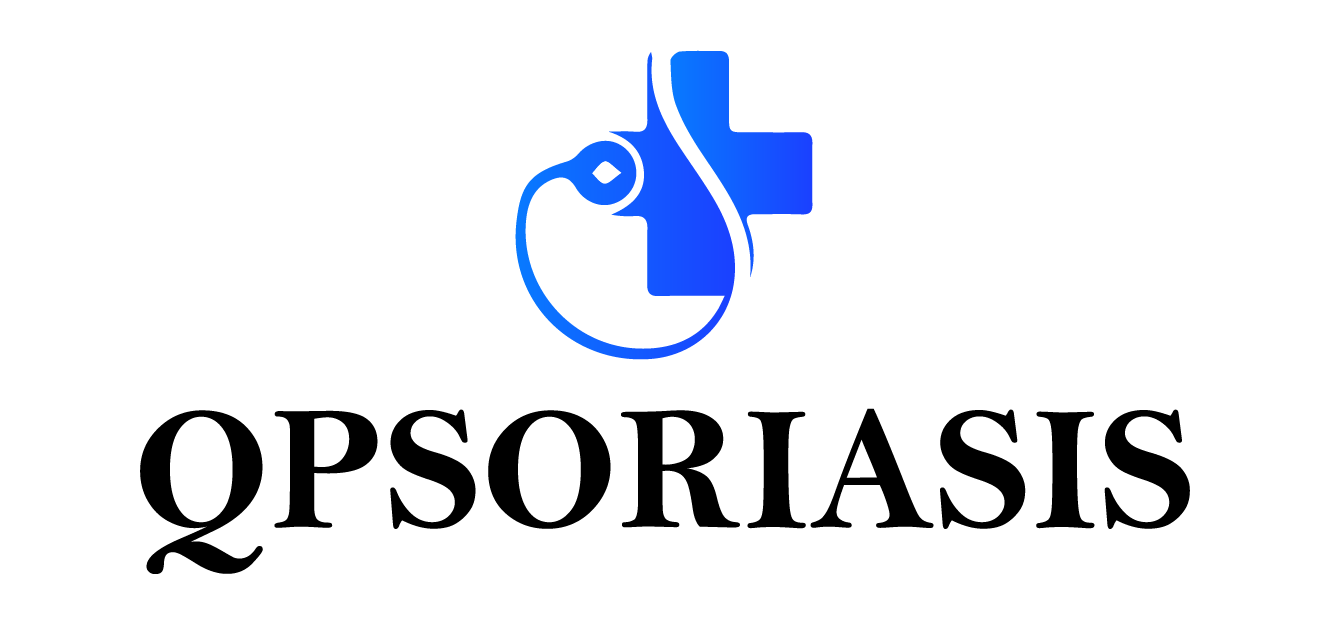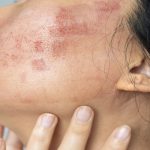The interest in the natural skincare remedies is more than ever but natural does not necessarily imply safe and efficient. This article examines natural skincare remedies which have a sound scientific basis, how they do it and provides some practicable advice on how to implement them into a skincare-friendly routine. Trade-offs in using botanical and naturally derived products to address drought, acne, inflammation, and overall skin aging will not happen by chance, but by understanding the evidence that will help you to select the best option that does not contradict medical applications.
Defining “natural” and why evidence matters
Natural is a broad term that is used to refer to ingredients that have originated in plants, minerals or any other non-synthetic origin. Nevertheless, natural materials are diverse in terms of composition and strength and some may irritate or sensitize the skin. Evidence is important since randomized trials, controlled studies and mechanistic research demonstrate which natural agents offer reproducible benefits, safe levels, as well as realistic expectations. Natural skin care solutions have been listed below according to their main evidence-supported applications.
Anti-inflammatory and soothing remedies
Inflammation drives many skin complaints (redness, itching, flares). Several natural agents show consistent anti-inflammatory or calming effects.
Aloe vera
Aloe vera gel has polysaccharides, glycoproteins, and minor levels of vitamins which inhibit erythema and stimulate hydration via skin inflammation explained. Aloe has been clinically shown to be helpful in mild cases of burns, relief of sunburn, as well as a calming additive in skin that is irritated. Use: pure gel is used to cool down; it should not be applied in a formulation that contains alcohol or perfumes which will negate the effect.
Colloidal oatmeal
Colloidal oatmeal is rich in avenanthramides and beta-glucans, and the latter has anti-itch and anti-inflammatory effects. It has been shown to have application in the treatment of atopic dermatitis and in the treatment of general itch. Uses: find products with finely milled (colloidal) oats; can be used in bath formulations, creams, and cleansers.
Oat-derived and chamomile extracts
Chamomile (Matricaria recutita) contains flavonoid and terpenoid derivatives, the effects of which are mild anti-inflammatory. It has been found that it may help decrease the irritation, but formulation is recommended in patch-testing, when irritability to the plants is present.
Hydration and barrier-supporting remedies
Restoring hydration and lipids is central to skin health. Several natural oils and humectants are effective.
Plant oils (jojoba, squalane, sunflower seed oil)
- Jojoba oil: chemically similar to skin sebum, it’s non-comedogenic for many people and supports barrier lipids.
- Squalane (from olives or sugarcane): a stable derivative of squalene, it’s an effective lightweight emollient with good skin acceptance.
- Sunflower seed oil (high-linoleic): clinical trials show it improves barrier function and reduces TEWL better than some mineral oils.
Use: choose non-comedogenic oils for acne-prone skin (squalane, jojoba) and apply to damp skin to lock in moisture.
Glycerin and natural humectants
Glycerin is a very high-performing humectant (it can be made of plant origins). It draws water into the stratum corneum and has very good clinical evidence of enhancing hydration and repair. Other humectants such as hyaluronic acid (which is frequently biofermented) are also evidence-based.
Antioxidant and anti-aging remedies
Oxidative stress contributes to photoaging. Certain botanical antioxidants show promise when formulated for skin penetration.
Green tea (EGCG)
The green tea antioxidant and anti-inflammatory is epigallocatechin gallate (EGCG). Topical green tea extracts in stable preparations have shown clinical evidence to reduce UV-induced erythema and enhance photoaging effects, as well as to enhance the concealment of photoaging. Use: seek based green tea extracts in serums or creams.
Vitamin C (ascorbic acid from natural sources)
Although vitamin C is found naturally in fruits, its advantage is a matter of formulation. L-ascorbic acid is a strong antioxidant and enhances collagen production, which enhances photodamage and the tone of skin. Topical delivery is best done with products that are stabilized and contain proper pH-formulations, be it natural or synthesized. Intake: use as a morning antioxidant (in combination with sunscreen).
Acne and antimicrobial natural remedies
Some natural agents have antimicrobial and sebum-regulating properties relevant to acne.
Tea tree oil
Tea tree oil (Melaleuca alternifolia) has demonstrated antimicrobial activity against Cutibacterium acnes and anti-inflammatory effects. Controlled trials show 5% tea tree oil gel can reduce acne lesions, though it acts more slowly than benzoyl peroxide and can cause irritation or allergic contact dermatitis in some. Use: patch-test; consider lower concentrations and avoid combining with strong exfoliants initially.
Azelaic acid (naturally occurring)
Azelaic acid is found in grains and is a useful topical agent against acne and rosacea: it inhibits bacterial growth, keratinization is normalized, and it is anti-inflammatory. There are prescription and non-prescription formulations; it is supported with clinical information.
Gentle exfoliants and brightening agents
Chemical exfoliation improves texture and tone when used appropriately.
Lactic acid (AHA) and mandelic acid
Lactic acid will be sourced through fermenting and is a mild AHA with humectant properties. AHA are larger molecules, such as mandelic acid (bitter almonds) which enter the skin more slowly and are less irritating to the sensitive skin. They both have data supporting the enhancement of texture and slight hyperpigmentation with an appropriate concentration level.
Licorice root (glabridin)
Licorice extract and glabridin have tyrosinase-inhibiting, anti-inflammatory actions and can help with post-inflammatory hyperpigmentation when included in formulations.
Safety, formulation, and practical tips
Natural ingredients are effective, but formulation, concentration, and vehicle are no less important than the origin.
- Patch-test new natural products, especially botanicals and essential oils, to check for sensitization.
- Avoid high concentrations of volatile essential oils on the face; they are common causes of allergic contact dermatitis.
- Look for stabilized extracts (e.g., green tea stabilized, vitamin C formulations), instability reduces efficacy and can increase irritation.
- Combine humectants, emollients, and occlusives in a routine: glycerin/hyaluronic acid (humectant) + ceramide-rich moisturizer (lipids) + occlusive for night repair (petrolatum or plant oil if tolerated).
- Maintain sunscreen use, many natural antioxidants support photoprotection but do not replace sunscreens.
- For inflammatory or persistent conditions (severe acne, psoriasis, eczema), use natural remedies as adjuncts and consult a dermatologist for evidence-based medical treatment.
Practical routine examples
- Gentle hydration-focused morning routine: mild cleanser → antioxidant serum with stable vitamin C or green tea extract → lightweight moisturizer with squalane → broad-spectrum sunscreen.
- Soothing recovery routine: cleanse with colloidal oatmeal cleanser → aloe or colloidal oatmeal cream → occlusive (if needed) at night.
- Acne adjunct routine: benzoyl peroxide or azelaic acid per prescription → spot treatment with 5% tea tree oil product (if tolerated) → non-comedogenic moisturizer.
Conclusion
There are numerous evidence-based natural skincare remedies with regard to calming inflammation, rejuvenating barrier activity, acne, and antioxidant defense. The trick is in the choice of well-structured products in effective dosages, patch-testing botanicals, and their use as a part of a balanced routine with sun protection and barrier supplement. In the case of chronic or severe skin disease, natural remedies may be used in addition to the medical care under the recommendation of a dermatologist.



